I’ve been back from Cuba for about a week, but my brain is still in over-stimulation mode, dazed and dazzled. It’s like waking up from a dream that one can’t shake the intensity of, nor make sense of completely.
When I arrive in Cuba, what strikes me first are the colors: The deep green uniforms of military personnel guarding the airport and circling Che Guevara’s statue. Buildings painted canary yellow, turquoise, and lime green. Intense sunlight that bathes everything in a blanching glow.
Classic American cars from the 1950s make a spectacular impression with bright purple and pink hoods, stylish curves, and spacious interiors. It feels like being in a time warp to lay eyes on them and, better yet, to go for a ride. (They’re mostly used as taxis.) The exterior detailing is polished to a shimmering glean; under the hood there’s a jumble of cast-off parts cobbled together.
And the sounds: Street musicians with guitars and drums. Horn players squeezing every ounce of breath as notes soar into the sky. Singers belting out soulful tunes. Even at the markets, music can be heard. It seems to rumble under the land. At one of the hotels, dancers in flame red costumes flawlessly execute complicated choreography as a band roars in the background. While visiting a synagogue, I hear music wafting from a back room and chance upon a rehearsal of the dynamic and renowned Cuban dance troupe, Malpaso. At a social club set up in the anteroom of a modest home, four generations of Cubans gather to play jazz records and dance with abandon.
I’m in Cuba on a group tour, which is still the only way that American citizens can enter the country from the United States. Our itinerary is split between countryside provinces and Havana. In the countryside, ramshackle huts are the norm. Broken pipes leave trickling trails of brown water. Chickens scratch at the parched soil and horses feed among the brambles.
Signs of scarcity and crowded conditions are visible in major cities, such as Havana, but alongside the decay there’s striking beauty. Elaborate façades are painted bright Caribbean colors. Many are peeling but some are so resplendent it looks as if the fresh coat hasn’t dried. Buildings collapse from poor construction or neglect. Crumbling exteriors, twisted metal, and heaps of rubble often sit next to treasures of Spanish colonial architecture and old-world elegance.
Each day’s program is filled with visits to cultural and educational sites. At a school, the teacher is grateful for the pens and highlighters that we’ve brought as gifts. At an apiary that doubles as a community arts collective, a young girl watches me with keen attention as I dab on sunscreen. I offer to squirt some into her hands. She extends her arms and rubs it in as if it’s the most luxurious cream, although I know it doesn’t smell that good. I reach into my purse for a bottle of perfumed lotion and tell her she may keep it. She gives me a hug in return.
Cuba entered a crisis period of austerity after the collapse of the Soviet Union in the 1990s. Agricultural know-how virtually disappeared and there was little to no farming or locally produced food. More recently, the government has encouraged people to work the land and experiment with growing techniques. One sliver of silver lining is that the soil is relatively clean, since they couldn’t afford chemical pesticides.
Cubans receive coupons for rations of rice, beans, and cooking oil, which they trade in at government-owned shops. The availability of other goods is sporadic. At a super mercado in a modern residential neighborhood of Havana, the inventory consists mostly of canned and bottled goods. There are two varieties of cookies and one type of cracker (a basic Saltine type), and shelf upon shelf lies bare. Empty refrigerated cases are unplugged and eerily absent of even a hum. It’s explained to me that when locals see an item that they want, they buy several because it’s unclear when they will find it again.
Outdoor food markets take place daily in many neighborhoods, often in cramped spaces created by collapsed buildings. Choices are slim and the quality is poor. Tarps strung overhead provide meager shade. Flies buzz on the meats and sliced-open fruits. Other vendors roam the streets pushing wooden carts where they sell avocados, garlic, and onions.
In Havana’s Vieja neighborhood, there’s an indoor craft market called the San José Feria Artesanal where vendors sell jewelry, tee shirts, wooden toys, and other trinkets. Raucously colorful artwork is displayed around the perimeter. There’s a lot of repetition in this market. If you go, don’t buy the first thing that attracts your eye. Wander around before deciding where and what to purchase.
The cuisine in Cuba is undergoing major changes. Though hampered by an inability to access a wide range of goods, Cuban chefs are beginning to create inventive dishes and serving them up with flair. Antonio Hidalgo, chef de cuisine at Sarao’s in Havana for example, had the opportunity to travel to Spain, France, Switzerland, and Italy, and brought back an interest in fusion dishes. Tourists can eat in paladares, private restaurants (one of the results of Raul Castro’s reforms) inside individuals’ homes or elsewhere.
Cuba is a confounding place full of paradoxes and contradictory curiosities. Architecture that hearkens to a wealthy past coexists with abject decay. Shiny cars that share the road with horse-drawn wooden carts. People with few possessions, but whose gentle nature overflows with warmth and kindness. Visiting Cuba is an incredibly exciting experience, especially as an American. The vivid impressions won’t fade anytime soon. The deepest one I carry away is of the Cubans themselves: the exuberance of their spirit and their eagerness to share it through music, art, dance, conversation, and smiles.

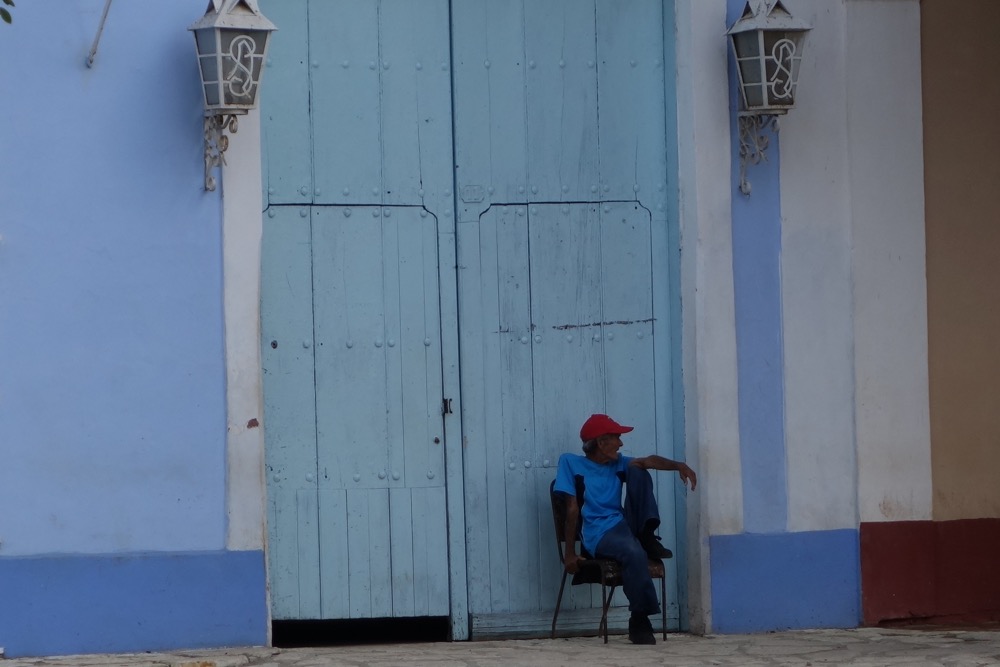
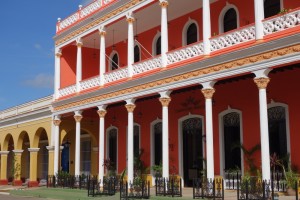
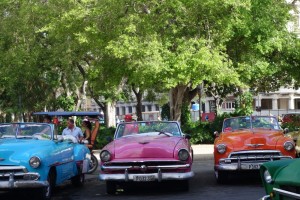
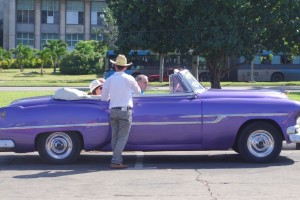
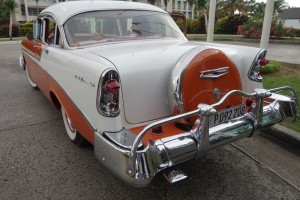

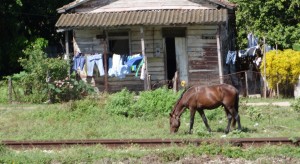
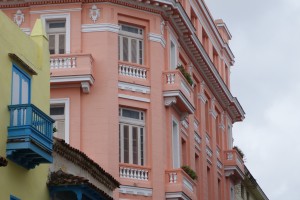
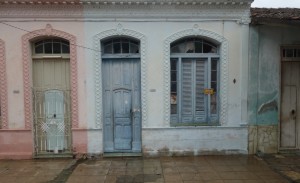

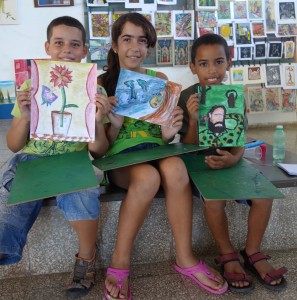
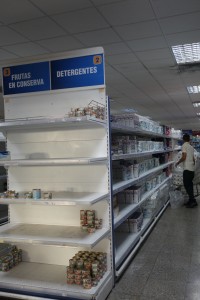
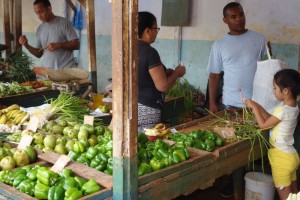
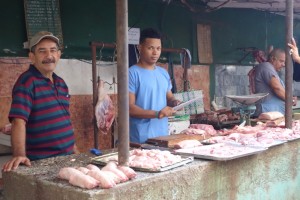
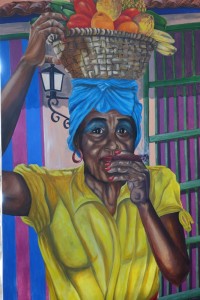

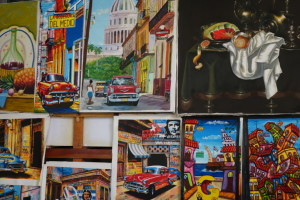
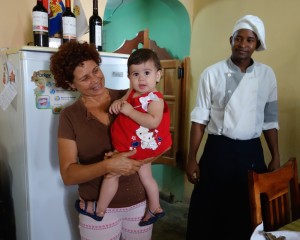
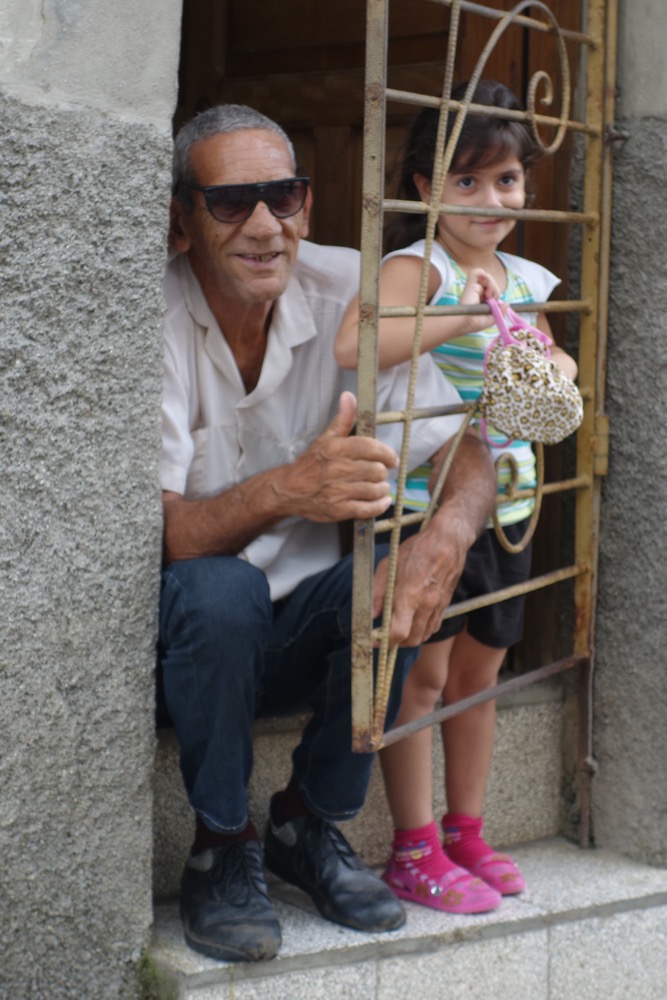
6 comments. Leave new
Hi Marjorie–My wife and I lived in Guantanamo City about 70 years ago when I was stationed at Gitmo in the Navy. Your words and
pictures bring back so many memories. This was before Castro so the people were still free to come and go. As you said, they were very happy and music
played a big part in their lives. They had the same cars then although a little newer, and they ran right alongside horse-drawn carts. In the evenings we
would often walk over to the town square and sit there on a bench and just watch the people stroll by and listen to the baseball game that was always
being broadcast over loudspeakers. We rented two rooms from a lady in a beautiful old home with a courtyard where we ate our meals. My wife would go
out in the morning and buy a dime’s worth of charcoal from a street vendor and that’s what she cooked with in a pit in the sink. She turned out some pretty
good meals after she got on to it. It was a time remembered and a time forgotten that you brought back. Thanks for the memories……..
Sandy Harper
Thanks for sharing these detailed recollections.
Marjorie, you articulate so beautifully the paradoxes, uniqueness and personality of Cuba at this pivotal point in time. Let’s talk about our experiences there sometime! I traveled there with my chorus last May.
Thank you, Barbara! I would love to compare notes sometime on our experiences in Cuba. Thanks for following my blog. ~Marjorie
You speak with a paint brush in
beautiful broad and oh so
colorful strokes. Just amazing
and clearly enticing are your words
makes one wish they could visit Cuba. ❤️
Thank you so much, Laurie. I’m glad you enjoyed the post!